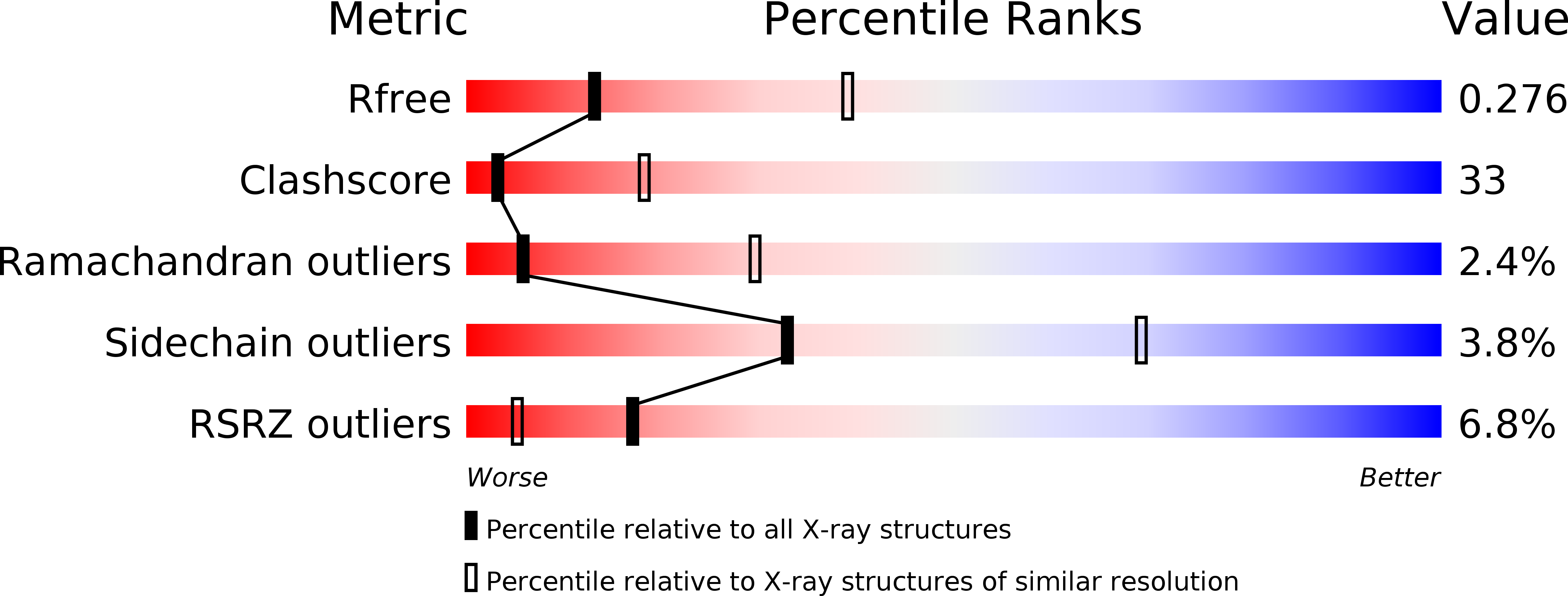
Deposition Date
2003-03-29
Release Date
2004-02-10
Last Version Date
2023-08-16
Entry Detail
PDB ID:
1OWR
Keywords:
Title:
CRYSTAL STRUCTURE OF HUMAN NFAT1 BOUND MONOMERICALLY TO DNA
Biological Source:
Source Organism:
Homo sapiens (Taxon ID: 9606)
Host Organism:
Method Details:
Experimental Method:
Resolution:
3.00 Å
R-Value Free:
0.27
R-Value Work:
0.24
Space Group:
P 1 21 1


